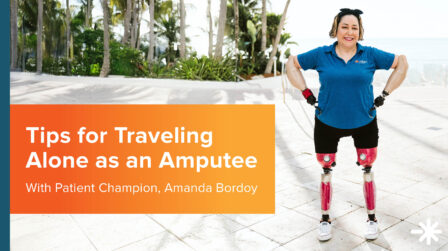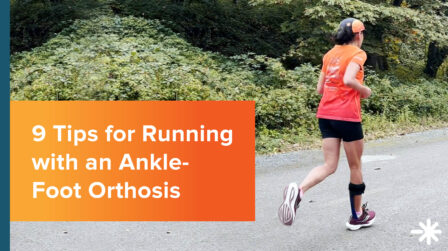Cerebral Palsy
A group of disorders that affect a person’s ability to move and maintain balance and posture.
Understanding Cerebral Palsy
Cerebral Palsy (CP) is the most common motor disability in childhood. It is a condition caused by damage to the developing brain and affects a person’s ability to control his or her muscles.
The symptoms of CP vary from person to person. A person with severe CP might need to use special equipment to be able to walk or might not be able to walk at all and might need lifelong care. A person with mild CP, on the other hand, might walk a little awkwardly, but might not need any special help. CP does not get worse over time, though the exact symptoms can change over a person’s lifetime.
People with CP have problems with movement and posture. Many also have related conditions such as intellectual disability, seizures, problems with vision, hearing, or speech, changes in the spine (such as scoliosis), or joint problems.
Understanding Cerebral Palsy
Doctors classify CP according to the main type of movement disorder involved. Depending on which areas of the brain are affected, one or more of the following movement disorders can occur:
- Stiff muscles (spasticity)
- Uncontrollable movements (dyskinesia)
- Poor balance and coordination (ataxia)
There are four main types of CP:1
- Spastic Cerebral Palsy
- Dyskinetic Cerebral Palsy
- Ataxic Cerebral Palsy
- Mixed Cerebral Palsy

Treatment
Orthotic devices (braces) might be used to assist or control movement in children with cerebral palsy. These orthoses may cover the joints of the hands, arms, spine, hips, and legs. They are used to stabilize the joints to improve function, reduce muscle tightness, or maintain alignment.
Your child’s doctor will determine if an orthotic device (brace) might help your child and will write a prescription for the specific type of brace they think is needed.
Ankle-Foot Orthoses and Cerebral Palsy
While ankle-foot orthoses (AFOs) are the most commonly ordered brace for the management of kids with cerebral palsy, orthoses might be ordered for any joint in the body depending on the child’s needs.
Hanger Clinic has developed a set of Clinical Practice Guidelines that address the use of AFOs as an orthotic intervention for children with cerebral palsy. These Clinical Practice Guidelines give treating orthotists (clinician) evidence-based recommendations on the use of the device for a specific condition, in this case, the orthotic management of the legs of children with cerebral palsy. Below are the recommendations outlined in the Clinical Practice Guidelines:
- Recommendation #1: Among children with cerebral palsy, AFOs are indicated to increase gross motor function.
- Recommendation #2: Among children with spastic cerebral palsy and equinus, AFOs are indicated to increase stride length and gait speed and decrease cadence, with greater impacts observed in children with hemiplegia than in diplegia.
- Recommendation #3: Among children with spastic cerebral palsy and equinus, AFOs are indicated to increase ankle dorsiflexion during swing phase and at initial contact.
- Recommendation #4: AFOs may have an effect on ankle power generation during ambulation.2
1. https://www.cdc.gov/ncbddd/cp/facts.html | 2. Established Indications, Benefits and Shortcomings of Lower Limb Orthoses in the Management of Children with Cerebral Palsy: 2018 Clinical Practice Guidelines
Latest Updates
Subscribe to stay up-to-date on our latest posts.



